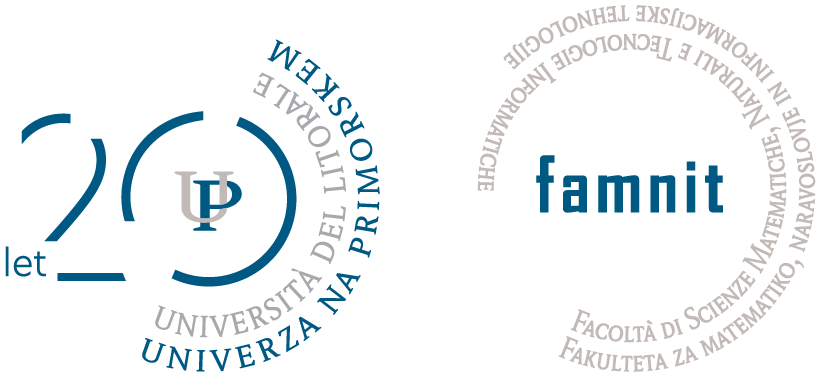Highly symmetric graphs are frequently studied in terms of the action of a specific type of group of automorphisms, as their structure is often completely determined by this action. Such is the case of a graph G admitting a group of automorphism X that acts transitively on its the arcs, or regularly on its vertices. If X is not vertex-transitive but partitions the vertex-set of G into orbits of equal size, then G can be (and usually is) studied through the theory of covering graphs. However, the case where X partitions the vertex-set of G into few orbits of different sizes is much less understood, and many of the classical tools used in the previously mentioned cases fall short. We give a general overview of the subject, and present new tools and possible lines of research to tackle the problem of classifying cubic graphs admitting a group of automorphisms with a few orbits (possibly of different sizes). We focus particularly on those graphs whose full automorphism group is transitive.
Link for the videoconference:
https://us02web.zoom.us/j/83916090638?pwd=Q3lkanVFZVhRTStnVW9Edi9lRmJhdz09


